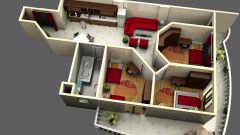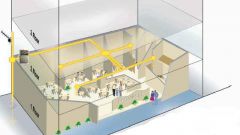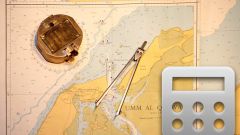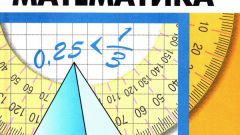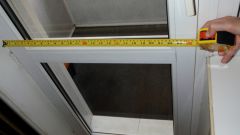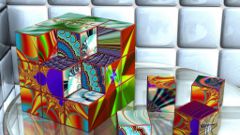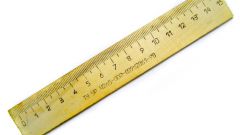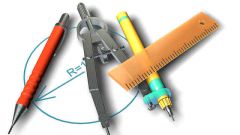You will need
- measure the sides and angles of a figure, paper, pencil, ruler, protractor.
Instruction
1
Draw desired shape on paper. Or draw a plan of the territory, which area are going to count. This will help for further calculations.
2
Divide the original shape into simple parts: rectangles, triangles or sectors of a circle. Calculate the area of the resulting parts. For rectangles, multiply the lengths of the sides S = a·b.
3
Determine the area of a triangle in any convenient way. In the General case, it can be calculated by several formulas. If there is a triangle with angles α, β, γ and opposite them the sides a, b, c, then its area S is defined as: S = a·b·sin(γ)/2 = a·c·sin(β)/2 = b·c·sin(α)/2. In other words, pick the angle whose sine is going to be the easiest to calculate, multiply the product of two adjacent sides and divide in half.
4
Use another method: S = a2·sin(β)·sin(γ)/(2·sin(β + γ). In addition, there is Heron's formula: S = √(p·(p – a)·(p – b)·(p – c)) where R is properiter triangle (p = (a + b + c)/2) and √ ( ... ) is the symbol for a square root. There are other ways. If you have a rectangular or equilateral triangle, the calculation is simplified. In the first case, use the length of the two sides adjacent to the angle 90°: S = a·b/2. In the second measure first the height of the isosceles triangle is lowered to its base. And use the formula S = h·c/2 where h is the height and length of the base.
5
Calculate the area of sector of a circle included in the figure. To do this, find the product of half the arc length of the sector to the radius of the circle. The most difficult aspect of this task is getting the correct radius value for the selected initial shape of the sector.
6
Fold the resulting square to the final result.
7
Use the triangulation method to compute the area of complex shapes like pentagons. Divide your source code into triangles. Calculate their areas and add the results.

